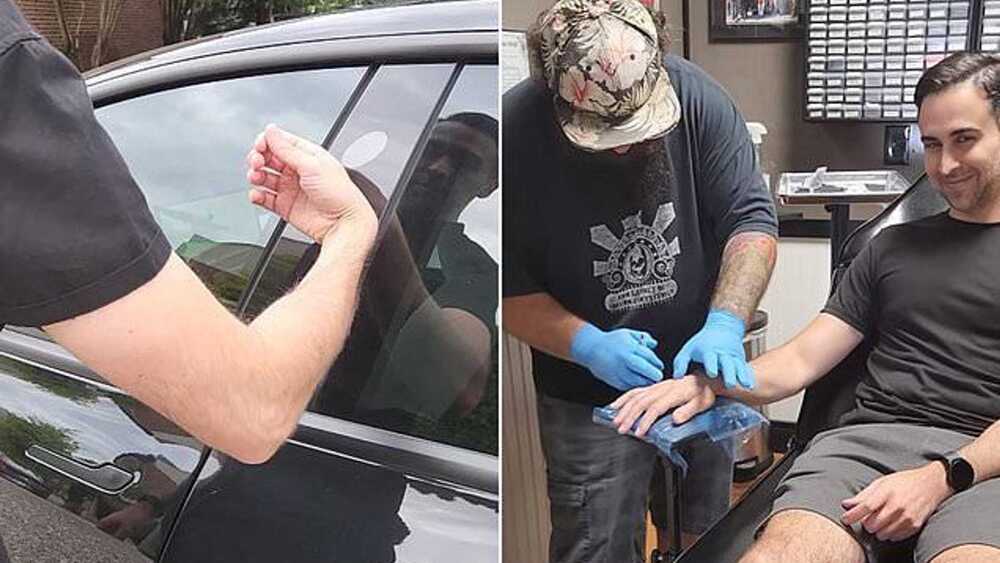A team of researchers gave sheep vastly improved vision, using bionic eyes surgically implanted behind their retinas. The same could work in humans.


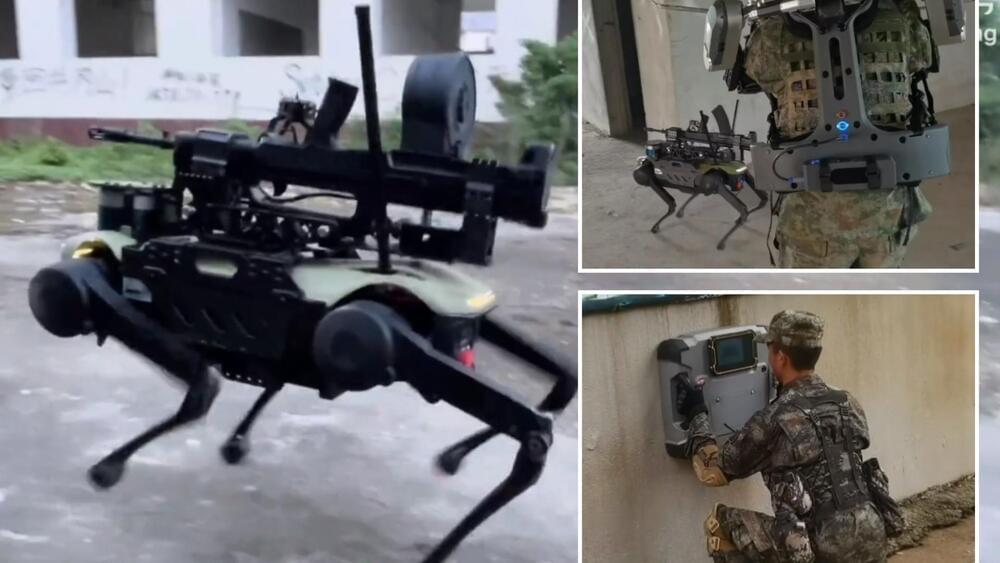
Robo-Dog Assault Droids 😲
CHILLING video shows the Chinese military unveiling more of their high-tech weapons as tensions continue to rage with the West.
Beijing flaunted its military tech in the new video which shows a machine-gun armed robot dog, a small ball scout drone and a soldier wearing an exoskeleton.
It is understood the technology is made by Chinese defence firm Kestrel and the clips from the exercises were shared on Beijing’s state-monitored social media site Weibo.
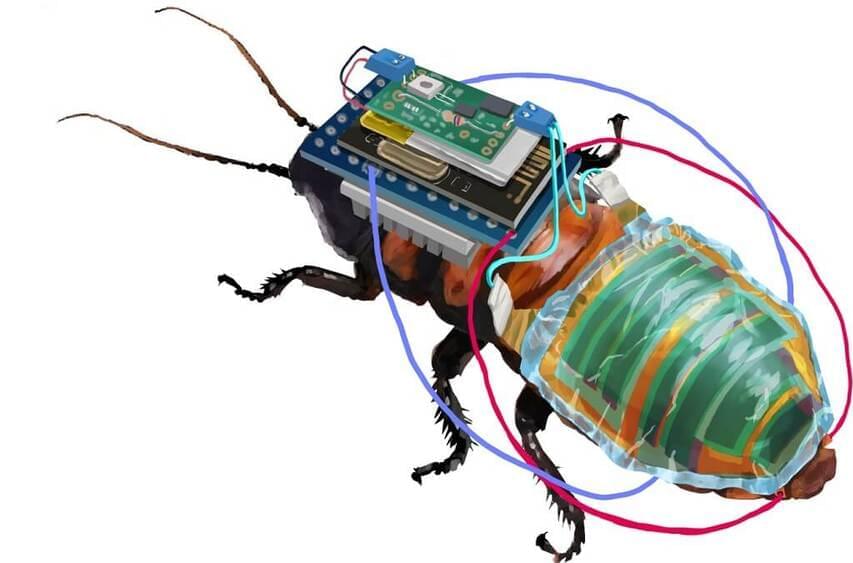
An international team of researchers have refined a remote-control cyborg cockroach.
You can get down off the table – they’re not in the wild yet. But it’s reasonable to ask why they’d do such a thing.
It’s not because they have a nasty streak. Animals fitted with electronic devices can get into places that humans can’t go.
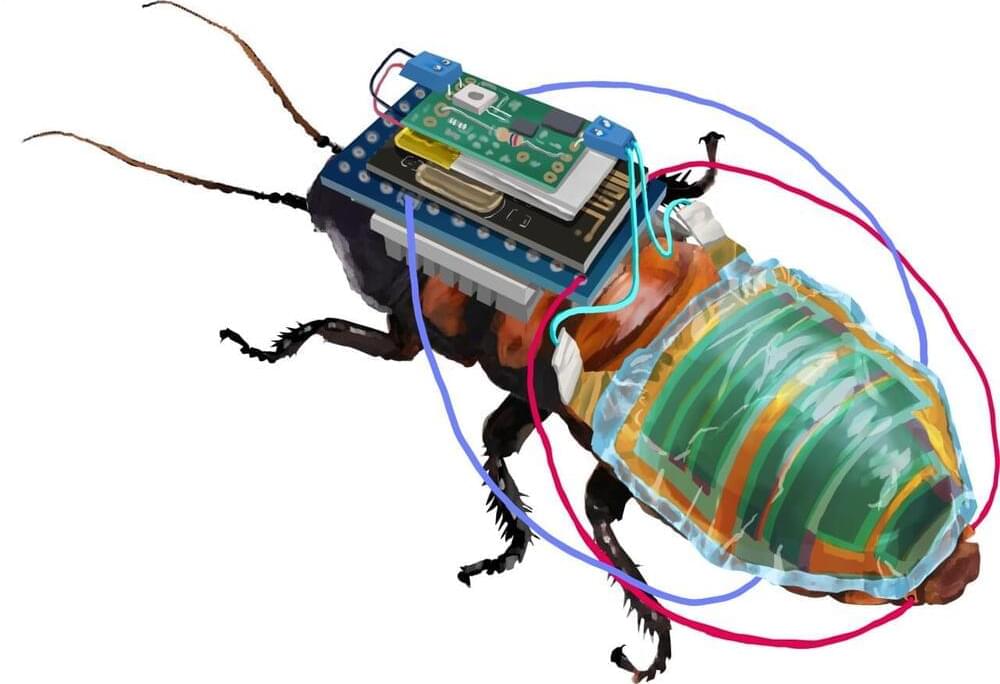
An international team led by researchers at the RIKEN Cluster for Pioneering Research (CPR) has engineered a system for creating remote controlled cyborg cockroaches, equipped with a tiny wireless control module that is powered by a rechargeable battery attached to a solar cell. Despite the mechanic devices, ultrathin electronics and flexible materials allow the insects to move freely. These achievements, reported in the scientific journal npj Flexible Electronics on September 5, will help make the use of cyborg insects a practical reality.
Researchers have been trying to design cyborg insects—part insect, part machine—to help inspect hazardous areas or monitor the environment. However, for the use of cyborg insects to be practical, handlers must be able to control them remotely for long periods of time. This requires wireless control of their leg segments, powered by a tiny rechargeable battery. Keeping the battery adequately charged is fundamental—nobody wants a suddenly out-of-control team of cyborg cockroaches roaming around. While it’s possible to build docking stations for recharging the battery, the need to return and recharge could disrupt time-sensitive missions. Therefore, the best solution is to include an on-board solar cell that can continuously ensure that the battery stays charged.
All of this is easier said than done. To successfully integrate these devices into a cockroach that has limited surface area required the research team to develop a special backpack, ultrathin organic solar cell modules, and an adhesion system that keeps the machinery attached for long periods of time while also allowing natural movements.

Summary: Researchers created a form of artificial vision for a blind woman with the aid of a brain implant position in the visual cortex. The results pave the way for the creation of visual brain prosthetics to help the blind to regain sight.
Source: KNAW
Newly published research details how a team of scientists from the University Miguel Hernández (Spain), the Netherlands Institute of Neuroscience (Netherlands) and the John A. Moran Eye Center at the University of Utah (USA) successfully created a form of artificial vision for a blind woman using a brain implant.

Ariel, small British carmaker responsible for the iconic Atom and Nomad, revealed its newest car Thursday, simply called the Hipercar. A big departure from the exoskeleton-like vehicles normally associated with the brand, the Hipercar is an all-electric sports car with a real(-ish) interior and body panels. Even crazier than the absurd bodywork is the option for a turbine range extender.
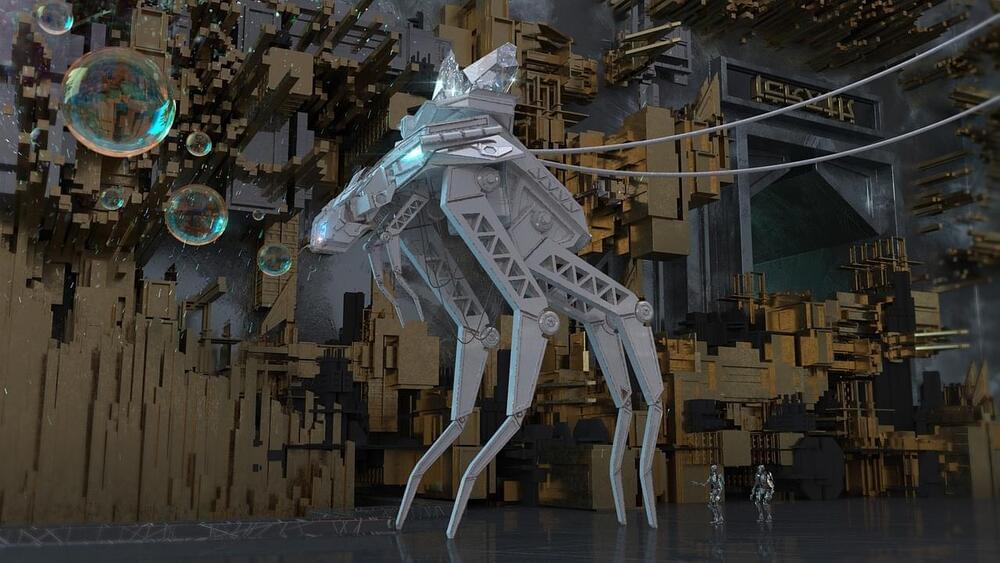
This post is also available in:  עברית (Hebrew)
עברית (Hebrew)
China has developed the world’s largest electric-powered quadruped bionic robot, which is expected to join logistics delivery and reconnaissance missions in complex environments that have proven too challenging for human soldiers, including remote border regions and highly risky combat zones, analysts said.
In December, China announced that it would work to become a leading global player in robotics by 2025 under a five-year plan.
TABLE OF CONTENTS —————
0:00–15:11 : Introduction.
15:11–36:12 CHAPTER 1: POSTHUMANISM
a. Neurotechnology b. Neurophilosophy c. Teilhard de Chardin and the Noosphere.
TWITTER https://twitter.com/Transhumanian.
PATREON https://www.patreon.com/transhumania.
BITCOIN 14ZMLNppEdZCN4bu8FB1BwDaxbWteQKs8i.
BITCOIN CASH 1LhXJjN4FrfJh8LywR3dLG2uGXSaZjey9f.
ETHEREUM 0x1f89b261562C8D4C14aA01590EB42b2378572164
LITECOIN LdB94n8sTUXBto5ZKt82YhEsEmxomFGz3j.
CHAINLINK 0xDF560E12fF416eC2D4BAECC66E323C56af2f6666.
POSTHUMAN TECHNOLOGY
36:12–54:39 CHAPTER 2 : TELEPATHY/ MIND-READING
a. MRI
b. fMRI
c. EEG
d. Cognitive Liberty e. Dream-recording, Dream-economies f. Social Credit Systems g. Libertism VS Determinism.
1:02:07–1:25:48 : CHAPTER 3 : MEMORY/ MIND-AUGMENTING
a. Memory Erasure and Neuroplasticity b. Longterm Potentiation (LTP/LTD)
c. Propanolol d. Optogenetics e. Neuromodulation f. Memory-hacking g. Postmodern Dystopias h. Total Recall, the Matrix, and Eternal Sunshine of the Spotless Mind i. Custom reality and identity.
1:25:48–1:45:14 CHAPTER 4 : BCI/ MIND-UPGRADING
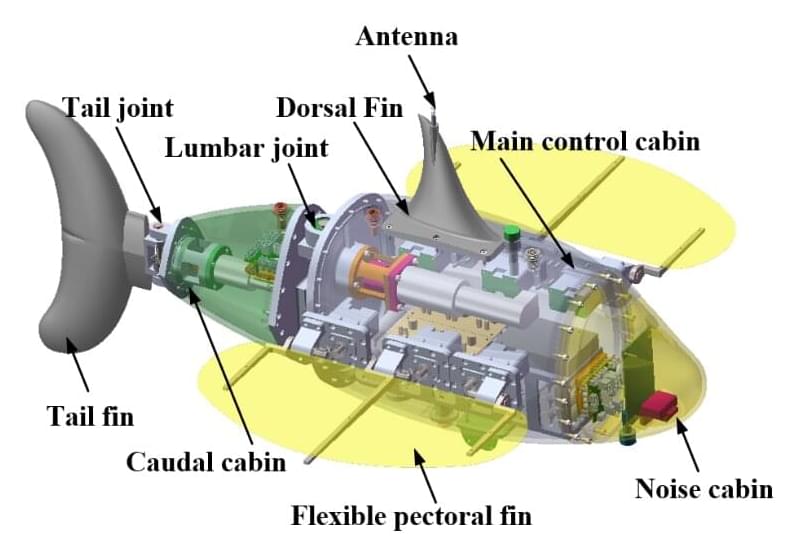
Underwater robots are being widely used as tools in a variety of marine tasks. The RobDact is one such bionic underwater vehicle, inspired by a fish called Dactylopteridae known for its enlarged pectoral fins. A research team has combined computational fluid dynamics and a force measurement experiment to study the RobDact, creating an accurate hydrodynamic model of the RobDact that allows them to better control the vehicle.
The team published their findings in Cyborg and Bionic Systems on May 31, 2022.
Underwater robots are now used for many marine tasks, including in the fishery industry, underwater exploration, and mapping. Most of the traditional underwater robots are driven by a propeller, which is effective for cruising in open waters at a stable speed. However, underwater robots often need to be able to move or hover at low speeds in turbulent waters, while performing a specific task. It is difficult for the propeller to move the robot in these conditions. Another factor when an underwater robot is moving at low speeds in unstable flowing waters is the propeller’s “twitching” movement. This twitching generates unpredictable fluid pulses that reduce the robot’s efficiency.
